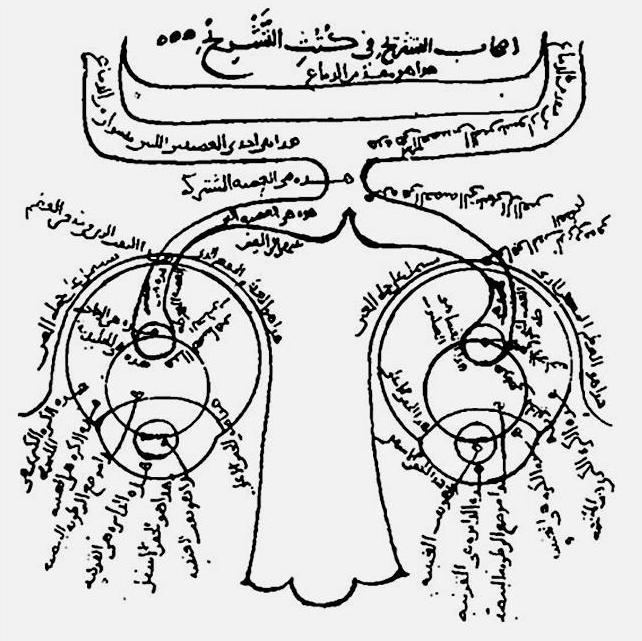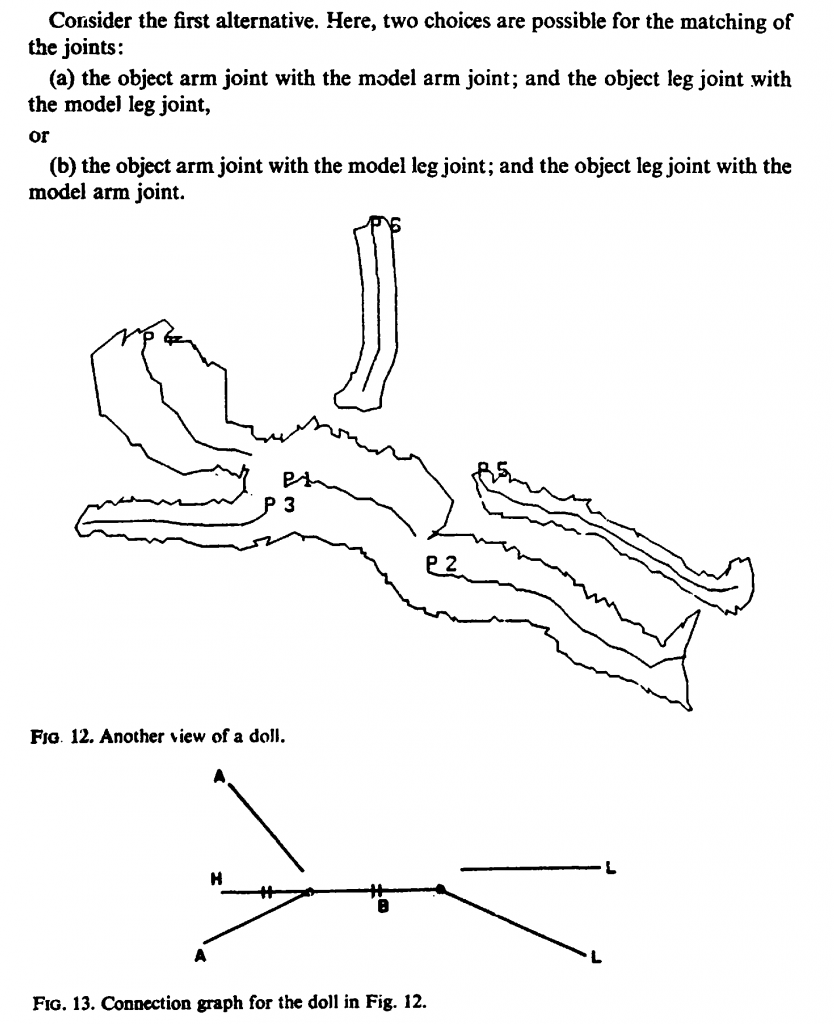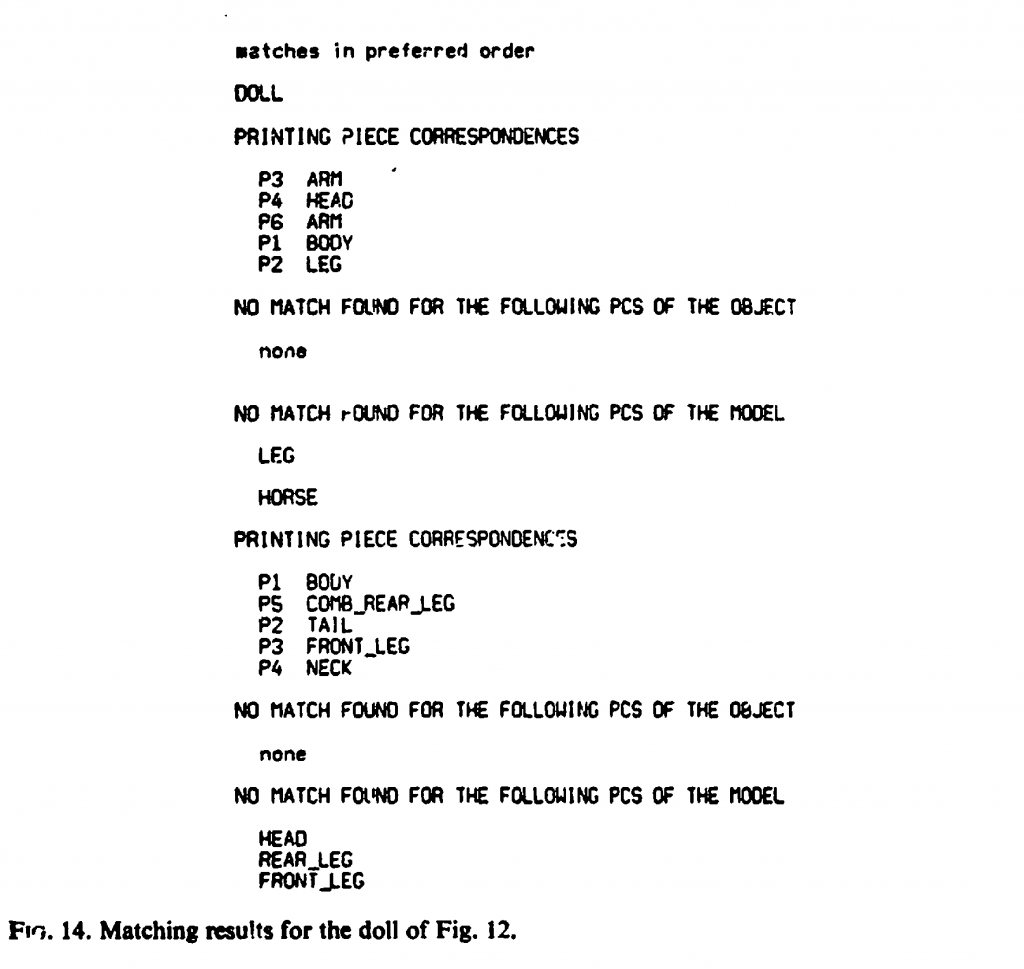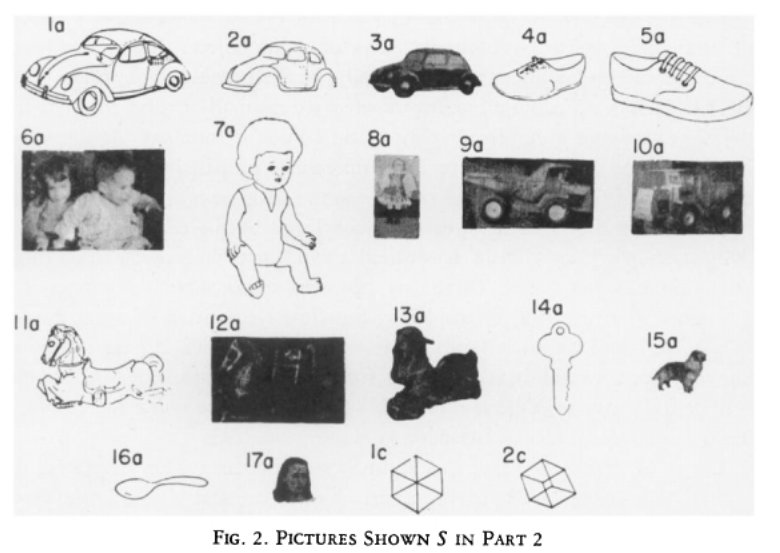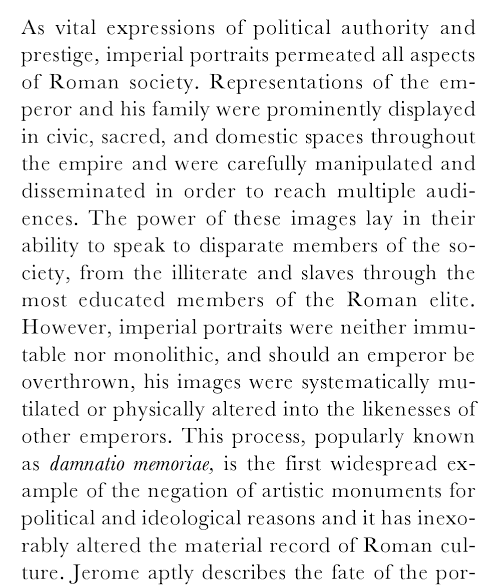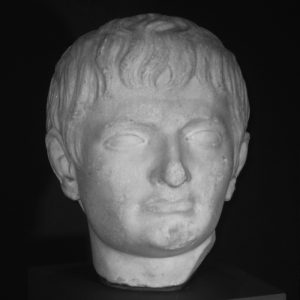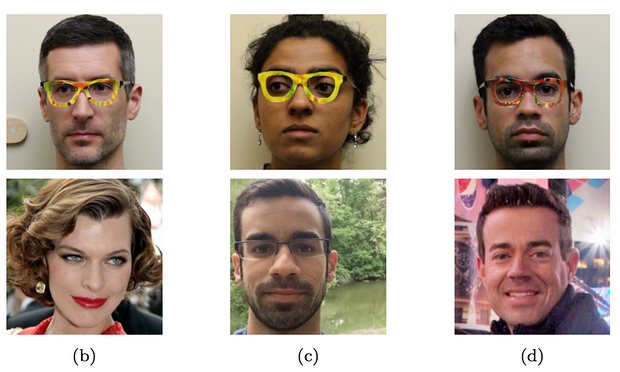
A team of researchers from Pittsburgh’s Carnegie Mellon University have created sets of eyeglasses that can prevent wearers from being identified by facial recognition systems, or even fool the technology into identifying them as completely unrelated individuals.
In their paper, Accessorize to a Crime: Real and Stealthy Attacks on State-of-the-Art Face Recognition, presented at the 2016 Computer and Communications Security conference, the researchers present their system for what they describe as “physically realisable” and “inconspicuous” attacks on facial biometric systems, which are designed to exclusively identify a particular individual.
Half of US adults are recorded in police facial recognition databases, study says
Read moreThe attack works by taking advantage of differences in how humans and computers understand faces. By selectively changing pixels in an image, it’s possible to leave the human-comprehensible facial image largely unchanged, while flummoxing a facial recognition system trying to categorise the person in the picture.
Research Paper: Accessorize to a Crime: Real and Stealthy Attacks on State-of-the-Art Face Recognition
Sharif, Bhagavatula, Bauer, Reiter
https://www.cs.cmu.edu/~sbhagava/papers/face-rec-ccs16.pdf



